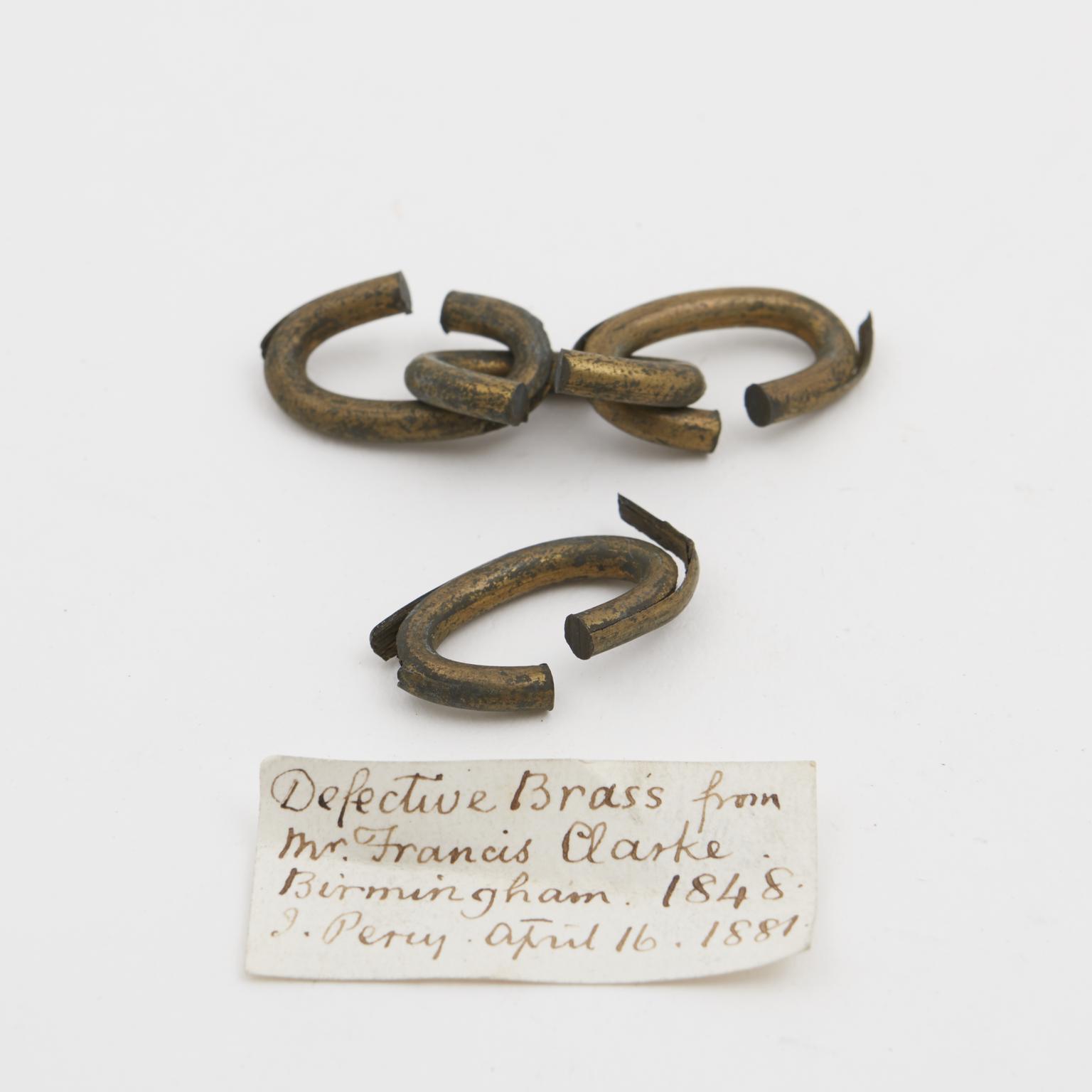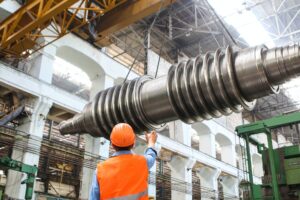One-piece flow is a lean manufacturing principle that emphasizes the production of items in small quantities or one piece at a time.
This process involves completing a single item before moving on to the next, which reduces lead time, increases productivity, and eliminates waste.
One-piece flow is crucial for lean manufacturing and continuous improvement initiatives.
It can help manufacturers improve quality, increase efficiency, reduce costs, and enhance customer satisfaction.
The purpose of this blog is to explore the benefits of one-piece flow in detail.
This blog aims to educate readers on how implementing one-piece flow can lead to positive results in their manufacturing process.
Table of Contents
12 Benefits of Implementing One piece Flow
A. Improved Quality Control
#1 Early Error Identification and Correction
a. With one-piece flow, errors are identified and corrected immediately, before they can affect the entire production process.
b. This reduces the risk of defects and waste, which can save manufacturers time and money.

#2 Reduced Risk of Defects and Waste
a. One-piece flow allows for better quality control, as each item is inspected and corrected before moving on to the next.
b. This reduces the risk of defects and waste, which can lead to cost savings and improved customer satisfaction.
B. Enhanced Efficiency
#3 Reduced Cycle Time
a. One-piece flow reduces the amount of time it takes to produce each item, as there is no need to wait for a batch to be completed.
b. This reduces lead time and improves productivity, allowing manufacturers to produce more items in less time.
#4 Minimized Bottlenecks
a. One-piece flow helps identify and eliminate bottlenecks in the production process, as workers can quickly identify and correct issues.
b. This leads to improved efficiency and reduced costs, as workers can spend less time waiting for equipment or materials.
#5 Improved Productivity
a. One-piece flow improves productivity by reducing the amount of time and resources required to produce each item.
b. This can result in cost savings and improved customer satisfaction, as manufacturers are able to produce more items in less time.
C. Increased Flexibility
#6 Greater Ability to Adjust Production to Meet Customer Demand
a. One-piece flow allows for greater flexibility in adjusting production to meet customer demand, as workers can quickly switch between different products.
b. This can lead to improved customer satisfaction, as manufacturers are better able to meet customer needs.
#7 Improved Production Flow Management
a. One-piece flow requires improved communication and coordination between workers, leading to better teamwork and improved production flow management.
b. This can result in reduced costs and improved customer satisfaction, as manufacturers are better able to manage their production flow.
D. Cost Reductions
#8 Reduced Inventory Costs
a. One-piece flow reduces the need for excess inventory, which can lead to reduced warehousing costs and better cash flow management.
b. This can result in cost savings and improved profitability.
#9 Lower Work-In-Process Inventory
a. One-piece flow results in lower work-in-process inventory, which reduces the cost of materials, labor, and overhead.
b. This can lead to improved cash flow management and reduced costs.
#10 Improved Equipment Utilization
a. One-piece flow results in improved equipment utilization, as there is no need to wait for a batch to be completed before using equipment.
b. This can lead to reduced equipment costs and improved profitability.
#11 Lower Production Costs
a. One-piece flow reduces production costs by reducing the amount of time and resources required to produce each item.
b. This can lead to improved profitability and cost savings.
#12 Improved Profit Margins
a. One-piece flow can lead to improved profit margins by reducing costs and improving productivity.
b. This can result in increased profitability and better financial performance for manufacturers.
Example of Manufacturing Company that reaped the benefits of One Piece Flow
One Piece Flow Envelope Stuffing Video
FAQ
Here are some frequently asked questions (FAQ) about One Piece Flow:
What is One Piece Flow?
One Piece Flow is a lean manufacturing method that involves producing products one piece at a time, in a continuous flow, with no interruptions or delays between steps.
How does One Piece Flow differ from batch processing?
One Piece Flow differs from batch processing in that it involves producing products continuously, one at a time, whereas batch processing involves producing a large quantity of products at once.
What are the benefits of One Piece Flow?
The benefits of One Piece Flow include reduced waste, improved efficiency, increased quality, enhanced flexibility, improved lead times, increased employee engagement, and better customer satisfaction.
What are the conditions for implementing One Piece Flow?
The conditions for implementing One Piece Flow include having a stable process, minimizing variability, ensuring that materials and tools are readily available, and having skilled and trained employees.
How do you implement One Piece Flow?
To implement One Piece Flow, you need to analyze the current process, create a plan, train employees, and continuously monitor and improve the process.
When does One Piece Flow not work?
One Piece Flow may not work in situations where there is high variability, long setup times, or where there are large differences in processing times between steps.
How does One Piece Flow compare to other lean manufacturing methods?
One Piece Flow is often compared to other lean manufacturing methods, such as batch processing, just-in-time (JIT), and continuous flow. One Piece Flow is considered to be a more efficient and effective method for producing products than batch processing, but may not be suitable for all situations.
Overall, One Piece Flow is a powerful lean manufacturing method that can help businesses to reduce waste, increase efficiency, and improve quality. By understanding the benefits, conditions, and implementation steps of One Piece Flow, businesses can create a more sustainable and successful manufacturing process.
Additional Resources
- Lean Enterprise Institute:https://www.lean.org/
- The Fabricator: – https://www.thefabricator.com
- Six Sigma Daily: https://www.sixsigmadaily.com/




